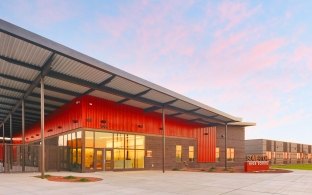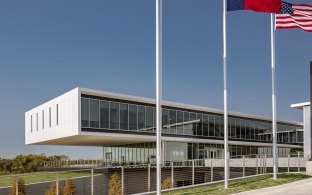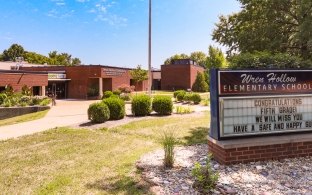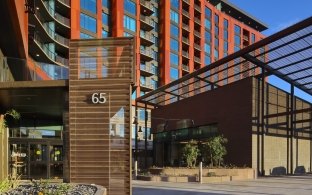Student First Mentality: How Progressive Design-Build is Accelerating the Student Housing Response in California
California’s universities are facing a student housing crisis, with tens of thousands left without stable options. Progressive Design-Build is helping institutions like SFSU deliver housing faster, smarter, and with less disruption — including 700 new beds completed in just 17 months.
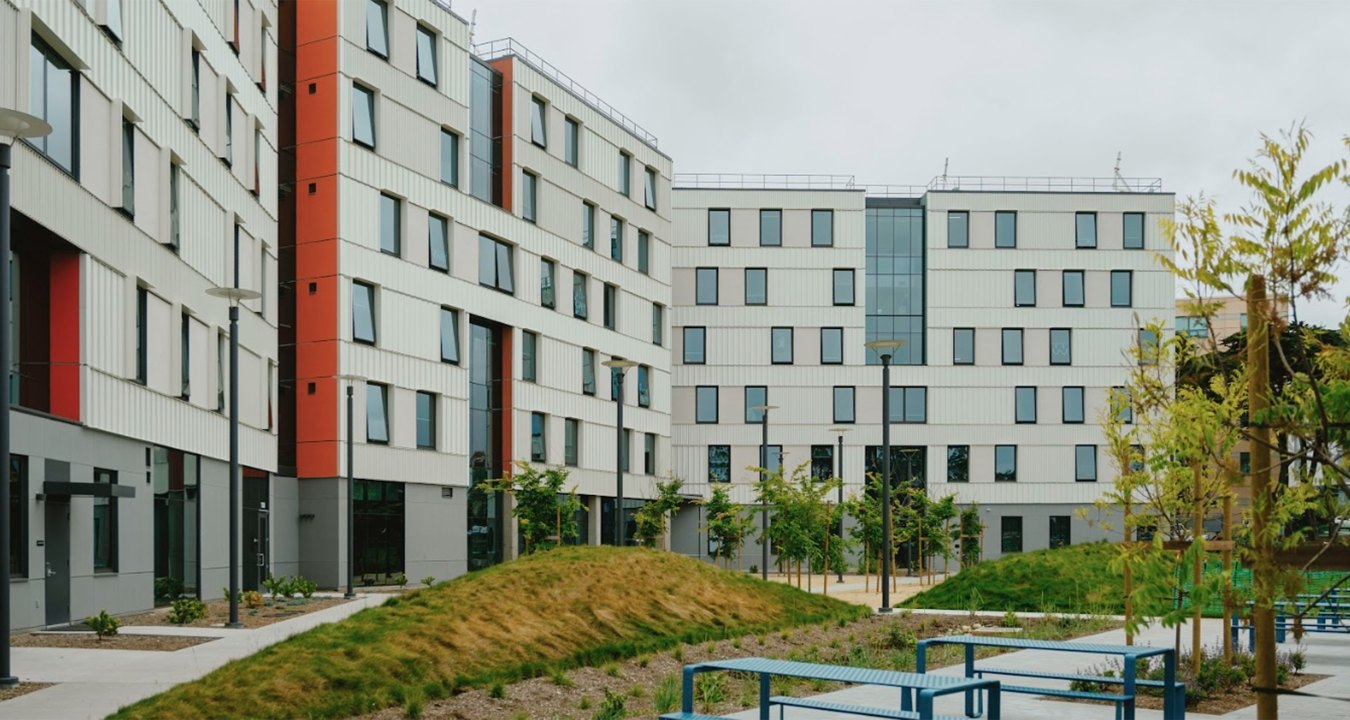
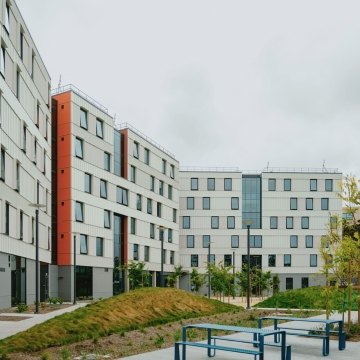
This article was originally published in School Construction News and reprinted with permission.
Across California, universities are racing to meet the evolving demands of today’s students — none more urgent than the need for on-campus housing. Once considered “commuter colleges”, many public institutions are now experiencing a seismic shift as more students seek a residential university experience. This change is reshaping campus master plans and challenging school leaders to rethink how student housing is delivered — faster, smarter and with less disruption.
For example, California’s CSU (California State University) and UC (University of California) systems are facing a mounting student housing crisis fueled by rising enrollment, limited on-campus housing, and unaffordable rental markets surrounding many campuses. Combined, these pressures have left tens of thousands of students without stable housing options. UC campuses report a shortfall of more than 20,000 beds, while CSU estimates its gap to be over 14,000. This has left many students on lengthy waitlists, commuting extreme distances, or facing housing insecurity that directly impacts their ability to succeed.
Responding to the Housing Crisis with Innovation
Enter Progressive Design-Build (PDB), a collaborative, solutions-forward delivery method that’s helping universities break ground faster and open doors sooner, all while maintaining quality and cost control. This design-build model has reshaped what’s possible, allowing companies like McCarthy, a long-standing partner in California’s higher education landscape, to deliver more than 5,000 student beds in the last four years.
From Concept to Completion in Record Time
At San Francisco State University (SFSU), the clock was ticking. The campus urgently needed student housing to support its growing population and improve the student experience. Thanks to the Progressive Design-Build (PDB) delivery method, project stakeholders were engaged from the very first design workshop through to ribbon-cutting — enabling the construction and delivery of 700 beds in just 17 months. That pace makes it the fastest-delivered housing project in the California State University (CSU) system to date.
Early alignment with the university, designers — EHDD Architecture, and trade partners allowed the team to evaluate options, control costs and iterate in real time — rather than waiting for full design completion before pricing and procurement. This approach built deep trust between the university and the design-build team, a critical element for making decisions at speed.
Speed was supported not just by process, but by purpose. The team prioritized minimizing disruption to ongoing campus life, particularly since construction occurred during active school sessions. Deliveries and site activities were coordinated around academic calendars to reduce noise, traffic and student impact — especially during finals and move-in weeks.
Student-centered thinking also influenced material selection and scheduling. The design and preconstruction teams worked closely with SFSU to choose materials that supported the campus vision while navigating the constraints of an occupied site. “Through the early partnership with SFSU, we were able to release long lead items — like electrical equipment — early to ensure timely delivery,” shared McCarthy Building Companies Senior Project Engineer Lana Jarnutowski.
Operations personnel were brought in early to contribute to design decisions and foster strong collaboration with the broader team. According to Jarnutowski, that trust laid the groundwork for seamless field execution. “Together, we designed and built a place where 700 people can call home. That is something we should all be proud of.”
The result? A state-of-the-art student housing community delivered not just on time, but ahead of expectations. Today, SFSU has a signature facility that reflects its evolving identity, enhances student success, and supports a vibrant living-learning environment.
The success of this project demonstrates the power of early collaboration and flexible delivery models — an approach that’s now being used to accelerate other projects across California.
Scaling the Model Across California
Following the success at SFSU, McCarthy’s approach is scaling across multiple campuses. At UC Riverside, a similar progressive design-build model is being combined with prefabricated Cold Form Steel (CFS) panels to deliver 1,500 student beds in just 23 months. This evolving delivery method — Progressive Design-Build + Prefab = Accelerated Results — is now being applied at UC Davis, where the team is building on lessons learned to enhance speed, quality and efficiency on its next major student housing project.
This kind of “rolling expertise” is critical for higher education systems managing multiple projects across different locations. Rather than starting from scratch each time, institutional leaders can rely on proven delivery partners to bring transferable knowledge, repeatable systems and a tested playbook for success.
The Shift from Commuter to Campus Community
Behind all these housing projects lies a deeper story. Once known as commuter schools, institutions like SFSU and UC Riverside are now embracing a residential campus identity, providing students with immersive, community-oriented environments. This is not just about beds; it’s about creating spaces where students can thrive, learn and grow.
Amenities such as study lounges, wellness spaces, community kitchens, and outdoor courtyards are no longer “nice to have” — they are expectations. And because design-build teams are engaged early, these features can be designed, priced, and integrated efficiently into the plan without creating late-stage cost overruns or schedule delays.
Driven by student needs and supported by delivery innovation, this shift is shaping a new era of campus development. Institutions are turning complexity into clarity and crisis into opportunity. They’re reimagining the college experience not as a logistical challenge, but as a chance to create spaces that reflect their mission and meet the real needs of their students.
As funding opportunities like California’s $2 billion Higher Education Student Housing Grant Program continue to drive new projects forward, the importance of smart, student-centered delivery models will only grow.
Denzil D’Sa is Preconstruction Director and Jack Carter is Vice President, Project Executive with McCarthy Building Companies Inc.

